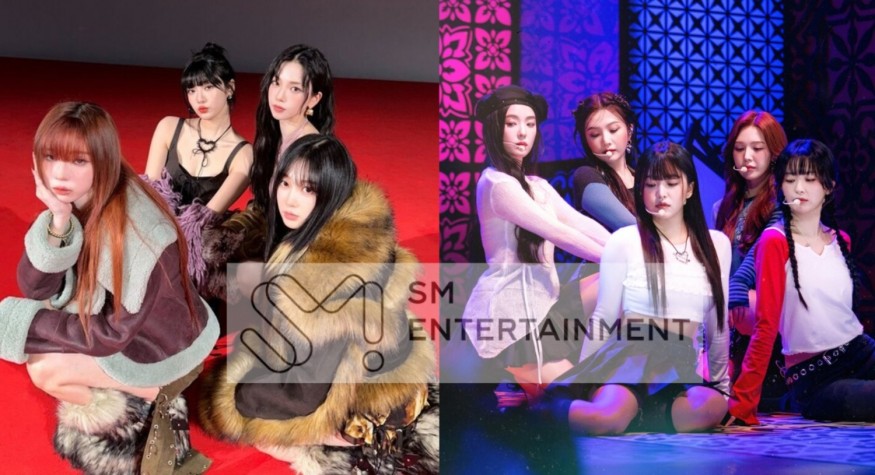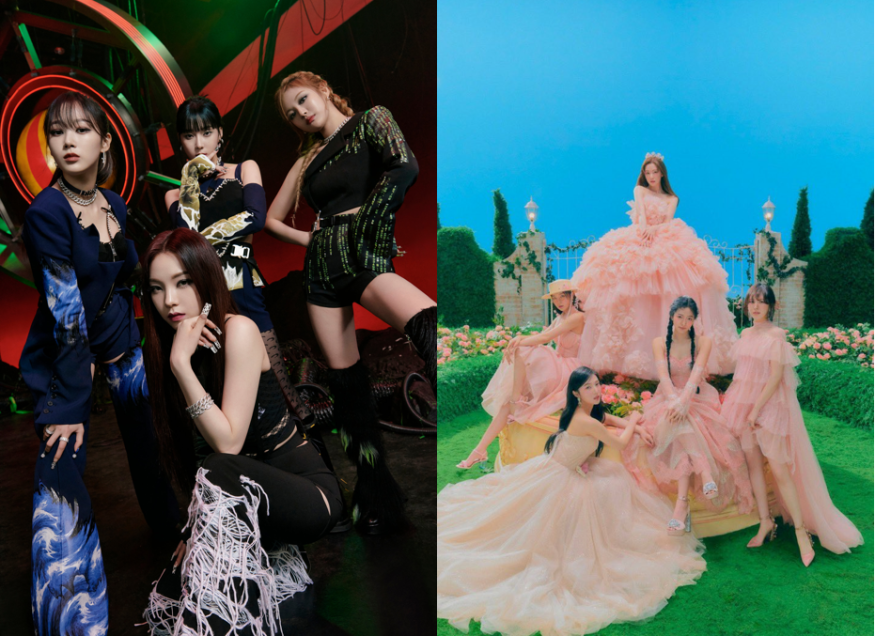Why do "BIG 4" artists often have overlapping releases? In an article, its pros and cons are explained.

Every quarter, the "BIG 4" labels HYBE, SM, JYP, and YG often reveal their comeback lineups prior to their artists' official promotion.
Most of the time, some of their artists are scheduled to make a release just days in between, which irk fandoms since the "focus" of fans and the company on each of their artists' comebacks would be divided.
Aside from this, competition between the fandoms also arises, which was the recent case between MIDZYs (ITZY fans) and NSWERs (NMIXX fandom).

On January 8, ITZY dropped their new album, "BORN TO BE," while NMIXX unveiled "Fe304: BREAKER" on the 15th. Considering the duration of their activities, albums, and music charts, the two teams naturally cannot avoid competition at the same time.
Another popular incident of an overlapping comeback was Red Velvet vs aespa's comeback clash in November 2023. "Drama" and "Chill Kill" were released by a margin of five days, leading them to compete in charts and sales.
SM and JYP often emphasize the "family" relationship and promote synergy among their artists, but why is it okay for them to make their groups "compete" and make their idols release their much-awaited albums in the same week?
3 Key Points Why It's Okay for 'BIG 4' to Have Overlapping Comebacks
ALSO READ: IVE & Red Velvet's MV Concepts Draw Comparisons From Stans + Spark Discussion About Originality
The first one is to avoid long hiatuses or gaps between each other's comebacks.
While idols in the past had to wait for their next comeback at regular intervals because all personnel was concentrated on album production and comeback preparation of another artist, the transition of "BIG 4" labels to a multi-production system changed this.
Through this, multiple artists could prepare for their comeback, including album production, all at the same time under a dedicated center or team for them. Thanks to this successive comebacks through a diversified system are now possible.
The second point why "BIG 4" agencies remain unbothered with overlapping comebacks is because they are convinced this doesn't bring in too much risk.

Hankook Ilbo stated:
"The agency does not feel much risk in their successive comebacks as it has established songs, concepts, and directions optimized for each artist through a differentiated production system."
An official from SM Entertainment explained the advantages of the change in the multi-production system, saying:
"As each multi-production is operated through independent decision-making based on accumulated know-how, creative and diverse contents can be introduced in a variety of ways according to the plans and directions of each artist."
@le_sserafim Perfect #JungKook energy #BTS #정국 #LE_SSERAFIM #르세라핌 #Perfect_Night @BTS @AB_______JK_M____RST____Y_ ♬ Perfect Night - LE SSERAFIM
Rather than "competition," comeback at the same time creates "synergy" to promote diversity in the K-pop market.
The third and last point was the interaction or so-called "crumbs" between same-agency artists.
When artists from the same agency make a comeback at the same time, the synergy they have in their activities is also evaluated as a positive factor. They can expect positive effects from each other by supporting each other in various contents such as challenges while conducting comeback activities together.
READ MORE: Is JYPE Mismanaging its Groups? Here's What People Think: 'They seriously wasted ITZY'
For more K-Pop news and updates, keep your tabs open here at KpopStarz.
KpopStarz owns this article.
Written by Eunice Dawson.









